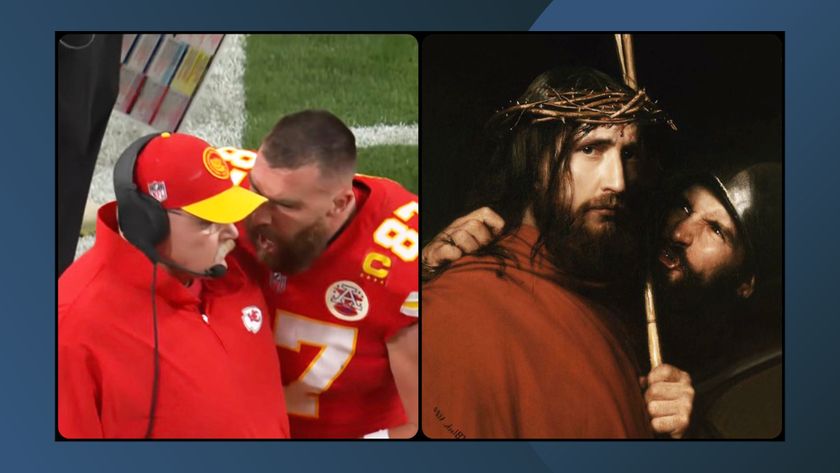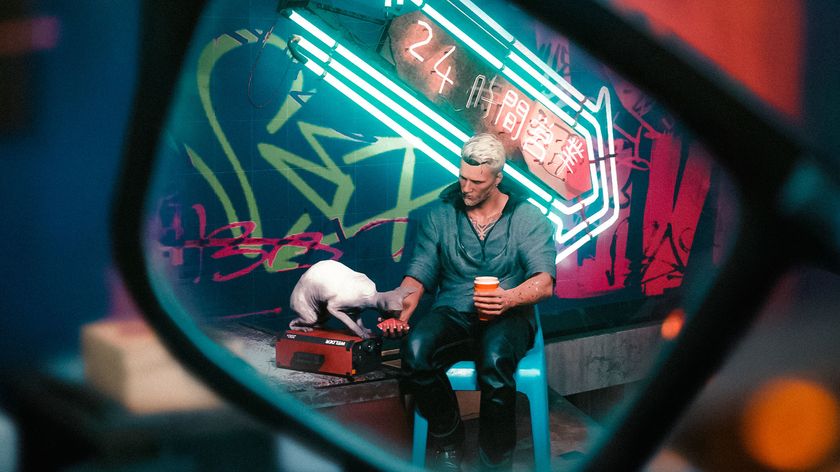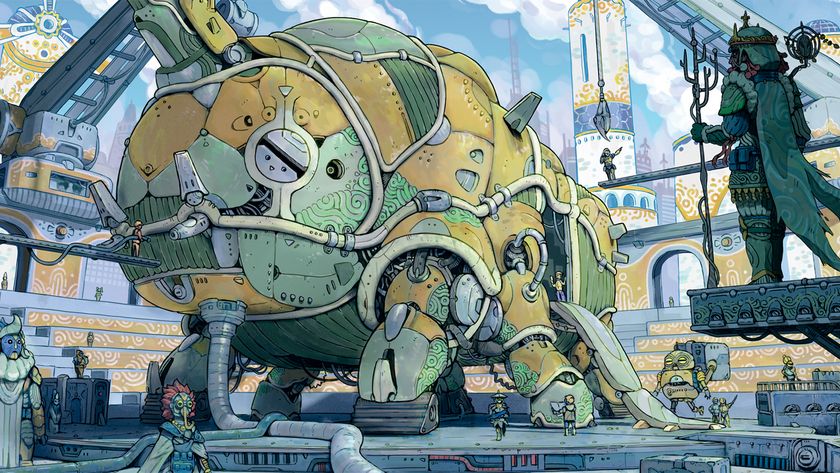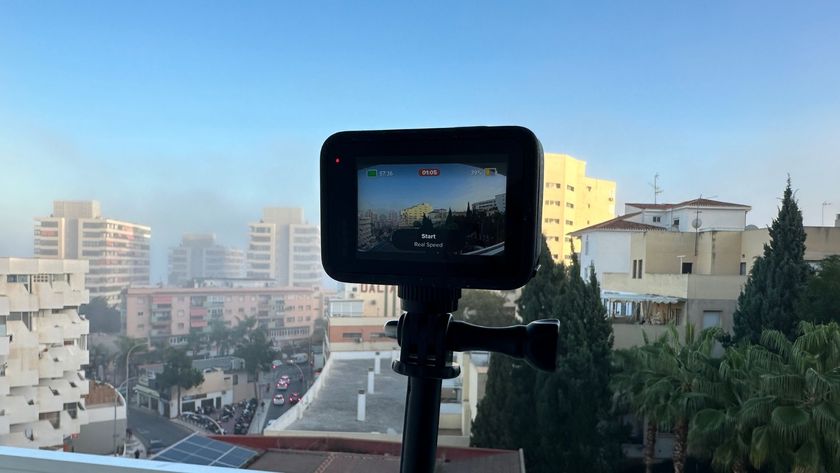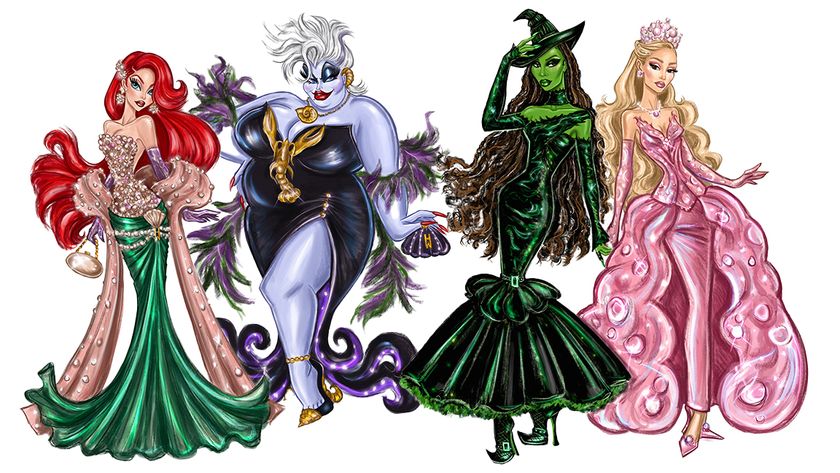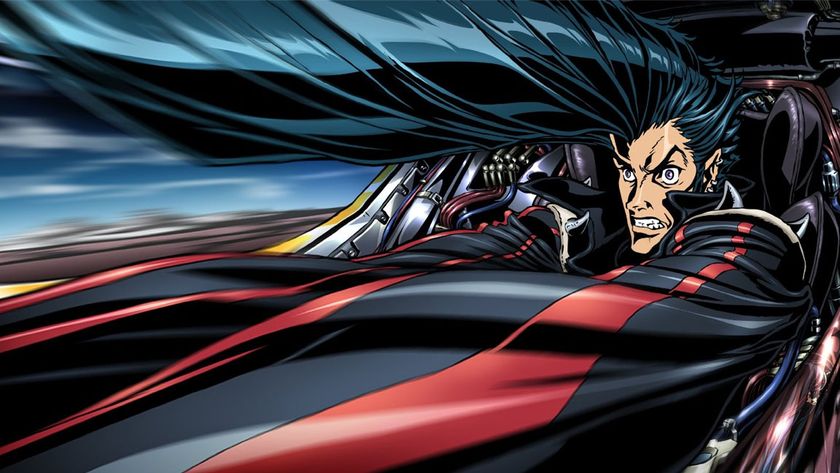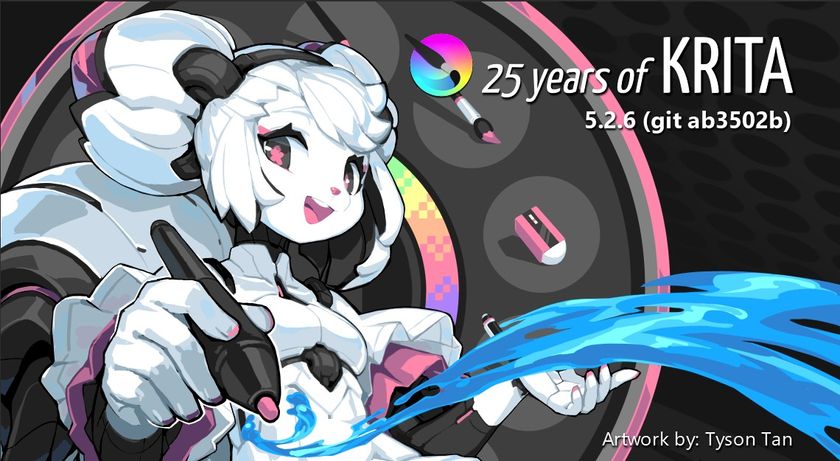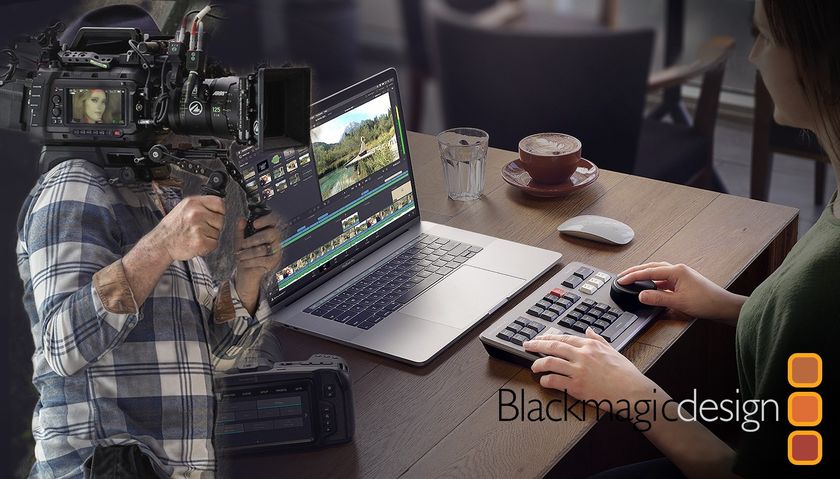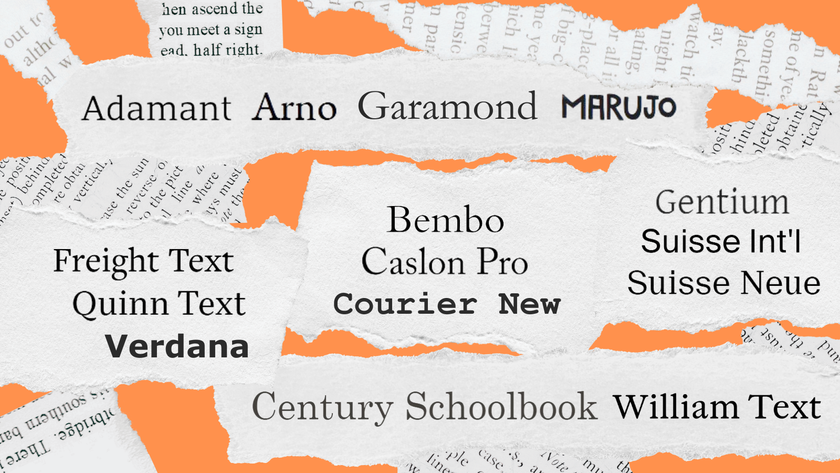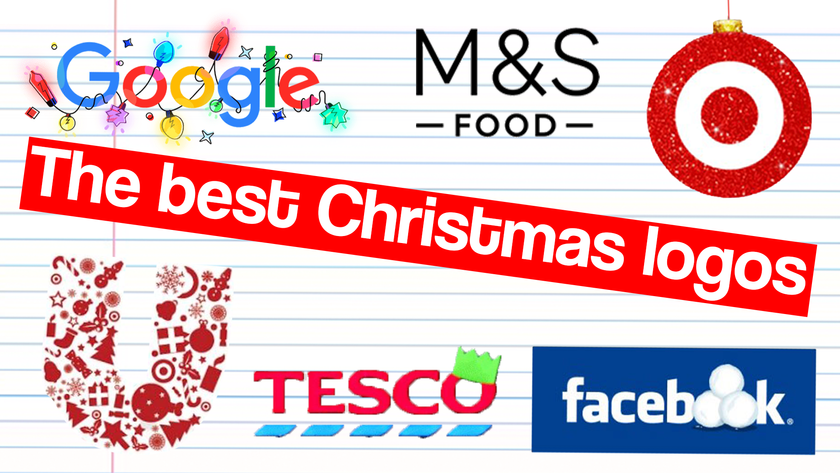5 uses for stock images you might not have thought of
Pro designers do use stock libraries – and in clever ways, too.
Ask professional designers at creative agencies whether they use stock imagery in their designs, and the answer is often a knee-jerk “No!”
But delve a little deeper, and you'll often discover that stock imagery is used, just not in the ways you might expect.
In this post we look at five common ways that pro designers use stock as a cheap, quick and easy way to advance and promote their creative projects.
01. Social media campaigns

In the era of Instagram and Snapchat, social media is becoming more and more about visuals. So for any kind of digital campaign, getting your visuals right is paramount.
That means finding images that will grab people’s attention in an environment where the possibilities for distraction are almost infinite. It also means finding images that will work with your message and reinforce it, rather than fighting against it.
When you’re creating social media posts that are part of a broader campaign, it’s tempting to use the same imagery that you’ve created for print or website use.
But while there’s a lot to be said for consistency, you should never rule out using separate images for social media campaigns. On Facebook, Twitter and so on, attention is at an absolute minimum, so you need images that will strike a chord with people instantaneously... or lose them forever.
By and large, most stock imagery has that kind of immediacy built in. (After all, if a library image wasn’t attention-grabbing, it’s unlikely that anyone would ever download it.)
So whether you’re looking for an image for a Twitter card, Facebook cover photo, shareable infographic, PDF freebie or any other element of a social media campaign, stock libraries can provide a quick and cheap way of finding the right visuals, fast.
02. Moodboards and presentations

When it comes to a big brand campaign, there’s usually money in the budget to shoot your own bespoke imagery or commission an illustrator. But when it comes to pitching those projects in the first place, it’s your own money, or that of your agency, that you’re spending.
So when it comes to your moodboards and presentations, it can be much better for cashflow, not to mention quicker and easier, to use stock imagery instead.
Yes, you could just go to the opposite extreme and grab pictures from Google Images. But that’s technically infringing copyright, plus it usually means you’ll be using lower-resolution imagery, which will often look amateurish when blown up on a big-screen projection or printout.
Stock images, in contrast, will be professionally shot, high-resolution and will help to add that touch of sophistication to your moodboards and presentations that could mean the difference between winning and losing the account.
03. Mockups, wireframes and prototypes

So you’ve won the account, and you’re starting to build the website wireframe or app prototype that the client wants. Now you’re going to need some visuals.
But you don’t want to start organising an expensive photoshoot, video production or bespoke illustration at this stage, only for the client to say that they don’t like it further down the line. It’s much better to get the fundamentals of how the design will look and function first.
Right now, then, it’s better to spend a small amount of money on stock images to build your mockup, wireframe or prototype design around. Only once you have signoff on the general principles of the design and its functionality, from all stakeholders, is it prudent to go all-out on commissioning your own bespoke visuals.
04. Email newsletters

If you think that email newsletters went out of fashion in 2004, then think again: they’ve shown a big resurgence in recent years. There are many possible reasons why, but one explanation is that, in a noisy world of competing messages and channels, people are craving measured curation from a reliable source.
Careful editing and targeting of email newsletters is only part of the story, though. The rise of solid, reliable HTML email means that newsletters can now look as good as websites – and, more importantly, people expect them to do so.
In short, a list of plain links is probably not going to cut it. Just like your website’s landing pages, you’re going to need some bright and attractive visuals that lure people into the content of your newsletter. And stock libraries can be a great place to find suitable photos, illustrations and even videos to engage and enthuse your audience.
05. For inspiration
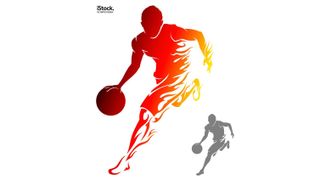
In general, stock image libraries provide a high quality range of visual assets for a relatively low cost. But there’s one way in which you can benefit from stock without paying a penny – by using it as inspiration.
With multiple millions of visuals at your fingertips, and sophisticated tools helping you hone down your search to perfection, stock image libraries can really help to get your creative motor running, even if you don’t buy anything.
For more ideas on how to get inspiration from stock, check out 7 sources of free design inspiration from stock libraries.
Related articles:

Thank you for reading 5 articles this month* Join now for unlimited access
Enjoy your first month for just £1 / $1 / €1
*Read 5 free articles per month without a subscription

Join now for unlimited access
Try first month for just £1 / $1 / €1
Get the Creative Bloq Newsletter
Daily design news, reviews, how-tos and more, as picked by the editors.
Tom May is an award-winning journalist and editor specialising in design, photography and technology. Author of the Amazon #1 bestseller Great TED Talks: Creativity, published by Pavilion Books, Tom was previously editor of Professional Photography magazine, associate editor at Creative Bloq, and deputy editor at net magazine. Today, he is a regular contributor to Creative Bloq and its sister sites Digital Camera World, T3.com and Tech Radar. He also writes for Creative Boom and works on content marketing projects.

